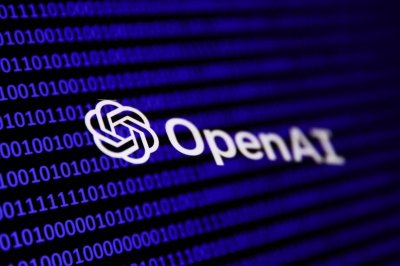Biolysis
Biolysis is a platform for analyzing biological sequences, offering tools for sequence alignment, phylogenetic analysis, and more, aimed at accelerating scientific research.
Sequence Alignment Phylogenetic Analysis Sequence VisualizationTool Information
| Primary Task | Scientific research |
|---|---|
| Category | specialized-technologies |
| Sub Categories | research-tools data-visualization |
Biolysis is a powerful online platform designed to streamline biological sequence analysis for researchers. It provides a user-friendly interface for performing various bioinformatics tasks, eliminating the need for complex command-line tools or extensive programming knowledge. Key features include sequence alignment using various algorithms (e.g., BLAST, Needleman-Wunsch), phylogenetic tree construction using different methods (e.g., maximum likelihood, neighbor-joining), and visualization tools for interpreting results. Users can upload their own sequences in various formats (FASTA, GenBank, etc.) or access pre-loaded datasets. The platform's intuitive design allows researchers to focus on scientific interpretation rather than technical hurdles. Biolysis is particularly useful for researchers in genomics, proteomics, and evolutionary biology who need to analyze large datasets quickly and efficiently. Its strength lies in its accessibility and comprehensive suite of tools, making advanced bioinformatics techniques available to a broader audience. While specific algorithms and databases used are not explicitly detailed on the website, the platform's focus on user-friendliness and the range of analyses offered suggest a robust backend supporting various bioinformatics workflows. The platform's potential to accelerate research lies in its ability to automate repetitive tasks and provide clear visualizations of complex data, ultimately leading to faster insights and discoveries. Future development could include integration with other bioinformatics databases and tools, expanding its capabilities and utility further.
| Pros |
|---|
|
| Cons |
|---|
|
Frequently Asked Questions
1. What types of biological sequence analysis can Biolysis perform?
Biolysis offers tools for sequence alignment using various algorithms (like BLAST and Needleman-Wunsch), phylogenetic analysis using methods such as maximum likelihood and neighbor-joining, and sequence visualization to interpret results.
2. What is the primary target audience for Biolysis?
Biolysis is designed for researchers in genomics, proteomics, and evolutionary biology who need to analyze large datasets quickly and efficiently. Its user-friendly interface makes advanced bioinformatics accessible to a broader audience.
3. What file formats does Biolysis support for sequence uploads?
The provided information states that Biolysis accepts various sequence formats, including FASTA and GenBank.
4. What are the main advantages of using Biolysis?
Biolysis boasts a user-friendly interface, a variety of analysis tools, and its ability to streamline bioinformatics workflows, allowing researchers to focus on scientific interpretation rather than technical hurdles.
5. What are some limitations of Biolysis based on the provided information?
The platform currently lacks detailed information on the specific algorithms and databases used, and there is limited information on the full extent of its capabilities and features.
Comments
Related News

Elon Musk's ambitious AI venture, xAI, has reportedly undertaken a significant restructuring, laying off approximately 500 empl...
@devadigax | Sep 13, 2025

Alibaba has thrown down the gauntlet in the burgeoning large language model (LLM) arena with the unveiling of Qwen3-Max-Preview...
@devadigax | Sep 06, 2025

Cloud computing giant CoreWeave has made a significant move to solidify its position in the rapidly expanding AI market, acquir...
@devadigax | Sep 03, 2025

Anthropic, the leading AI safety and research company, has announced a significant shift in its data practices. The company wi...
@devadigax | Aug 28, 2025

OpenAI, the powerhouse behind groundbreaking AI models like ChatGPT and DALL-E, has dramatically shifted its strategy. For the...
@devadigax | Aug 05, 2025

Meta has thrown down the gauntlet in the large language model (LLM) arena, unveiling Llama 3, its latest open-source offering a...
@devadigax | Apr 18, 2024
 AI Tool Buzz
AI Tool Buzz